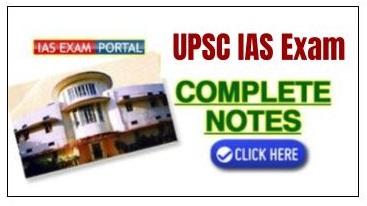
Rajasthan Public Service Commission
RAS Syllabus (Main): Philosophy (Code No. 23)
Philosophy Paper-I
1. Veda and Upanisad : The development of Vedic thought-polytheism,
henotheism, monotheism and monism; The nature of Reality atman and Brahman,
their identity, the concept of self -realization.
2. Non-vedic Schools of thought :
(a) Charvaka epistemology and metaphysics.
(b) Jainism- anekatavada, syadvada, dravya guna and paryaya, the classification
of dravyas, bondage and liberation.
(c) Buddhism- pratitysamutpada, anatmavada, ksanikavada (momentariness),
nirvana.
3. Nyaya, Vaisesika and Purva Mimamsa:
Nyaya system : prama, pramana and its types, paratah pramanyavada;
anyathakhyati vada, asatkaryavada, proofs for the existence of God Vaisesika
metaphysics: the types of padarthas (categoris), paramanuvada.
Purvamimamsa : arthapatti and anupalabdhi as independent sources of knowledge,
svatahpramanyavada, akhyati and viparitakhyati.
4. Samkhya and Yoga : purusa and prakrti-
Proofs for their existence, plurality of purusa, the doctrine of evolution,
satkaryavada, bondage and liberation, the nature of yoga and astanga yoga
satkaryavada, bondage and liberation, the nature of yoga and astanga yoga.
5. Vendnta - Samkara and Ramanuja:
Brahman and the world according to Samkara and Ramanuja, mayavada and its
critique, bondage and liberation according to Samkara and Ramanuja.




